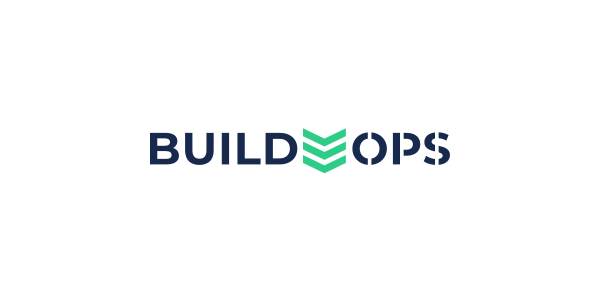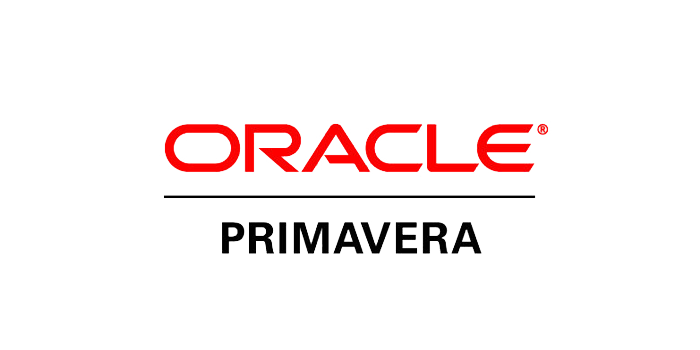Turning Strategy into Action
Successful Strategy Execution requires disciplined Project Portfolio Management
If you don’t know where you are, you don’t have much hope of arriving at your planned destination. C-suite executives and senior management understand this only too well when they tackle their number one problem: executing on strategy.
Assuming you have a strategy, then you have located your destination for now, but how will you know if you are getting there? How will you know when you’re being blown off course and when you’re making steady progress?
The answer lies in being able to measure company performance against strategic objectives. As financial services firms create programs, projects or initiatives to accomplish a strategic goal, they must be able to monitor and measure those activities as well as their influence over a selection of general business metrics to figure out if they need to adjust the course of action.
Five Stages Most People Experience When Changes Occur in a Company or Department
 Article written by Christine Corelli and appeared in a recent "Monday Morning Motivation" email.
Article written by Christine Corelli and appeared in a recent "Monday Morning Motivation" email.
I wrote this article ten years ago.
By understanding what most people experience when you are introducing new ways of doing business, going through a merger, or making any major changes in your company, it will help you to manage the transition process.
1. Resistance. Comes from fear. Most people are basically creatures of habit. They may resist change because it can mean coming out of their comfort zone and perhaps risking failure. You can recognize resistance easily as people will criticize, complain, withdraw, or become unsupportive of others. There may be loud vocal protests, or, they will appear to "do what they have to do" to keep their job, but they will not do more than is required. This type of behavior is likely to be displayed by employees who are unadaptable. Talk to them, or they will pull down the entire team.
Business Case Validation: Do the Right Projects

Success depends on leveraging contextually relevant project controls information.
The ongoing challenge for E&C contractors going after new business is to win the right work with the right customers at the right profit margins. Yet, in the typical engineering and construction organization, rarely do the teams that prepare the estimates for project bids and the teams that deliver those projects work together and share information. Historical data includes information about which clients are a good fit - and which are not. To achieve contextual relevance, contractors must leverage client and historical data to prepare successful bids, control the approval process when deciding which projects to onboard, and better predict which projects they will win.
Do Projects Right!
Design, Build, and Operate the World's Infrastructure
"Good communication between contractors and owners is the biggest factor for project success. If you're not communicating about change, risk and your vision for the project, you'll run into problems down the line," says Joe Johnson, PMO manager for construction projects at Texas Health Resources.

The 10 Best Practices of EPPM
Article written by Sylvie MacKenzie, PMP, and appeared on the Oracle EPPM Blog.
Governance: Ensure alignment of strategy, execution and results.
Resource Management: Support top-down and bottom-up resource requests and staffing processes and make it easy for project and resource managers to communicate their requirements and decisions throughout a project’s lifecycle. Provide a graphical analysis of resource and role utilization in order to help project teams manage resources in a dynamic environment and allow managers to see where resources are being used across all programs and projects, as well as their forecasted future use.
Communication and Collaboration: Quickly record, access, and review elements often to determine the successful outcome of a project. Adopting the ‘one single view of the truth' approach enables you to store everything about your project in a single, secure place enabling visibility into any potential issues or delays via workflows and alerts.
Reporting and Analytics: Deliver timely information for accurate decision making.
Drive Efficiency: Do More With Less
Increasing competition and tighter budgets are driving heightened financial scrutiny for the funding, planning and execution of projects. To maximise project ROI, organisations must be able to capture costs and drive efficiencies throughout the project lifecycle.
Enterprise project portfolio management enables organisations to systematically review project management processes while cutting out inefficiencies and automating those workflows. In addition, bringing together all project constraint information enables a consistent approach to all projects, programmes and portfolios focused on delivering maximum project value while reducing costs.
Three Keys to Project Management: What can organizations with world-class project management teach the rest of us?
Article written by Susan Poser (senior director of the Industry Strategy and Insight global program office at Oracle) and appears in the current issue of Oracle's Profit Magazine.
Executives go through various processes to determine which projects to fund internally and which opportunities to engage in externally. For instance, a high-technology company may develop a new product or build a new facility internally, and may provide installation services externally. Once these decisions are made, managing the execution by tracking the schedule, costs, resources, and milestones is critical to ensure project success. Many managers have the additional complexity of overseeing a supply chain to ensure that equipment, material, and resources are available on time at the point of need and use. The question is, how can they integrate their portfolio and project management processes in order to manage projects profitably—and ensure business value?
Managing visibility in three important areas of your portfolio and project management processes will help ensure success:
3 in Sports History Biggest Blunders (and Construction Management)

Construction companies share a lot in common with sports teams in this regard. When things go wrong, it’s usually not for lack of good intentions or professional experience. It’s because information isn’t available, communication isn’t fast or accurate, or close and effective collaboration with partners isn’t happening.
We’ve reached into the annals of sports history to find examples of what happens when professional players and teams drop the ball--literally and figuratively. We hope you enjoy the stories and manage to avoid similar situations.
Blunder #1: Not Knowing Where You Stand
“Excessive” touchdown celebrations are officiallyfrowned upon in the NFL. Despite this, most scoring players manage to indulge in a little merriment without repercussion. However, one player’s embarrassing gaffe in the end zone proved the importance of knowing where you stand in any situation.
Turning Information Into Action: How intelligent reporting leads to equipment management savings
By John Chaney, co-founder, Dexter + Chaney
As a contractor, if you have even a modest investment in heavy equipment, then you have a significant stake in making sure that you are realizing a return on that investment. However, knowing your true costs and returns on construction equipment is not as simple a task as it appears on the surface. The good news is that there are reporting methods and tools available that help you drill down into the details of equipment management and provide you with information that drives money saving decisions.














